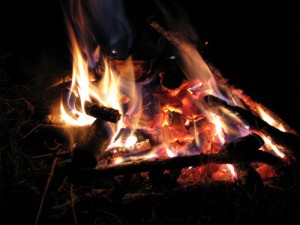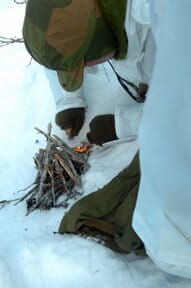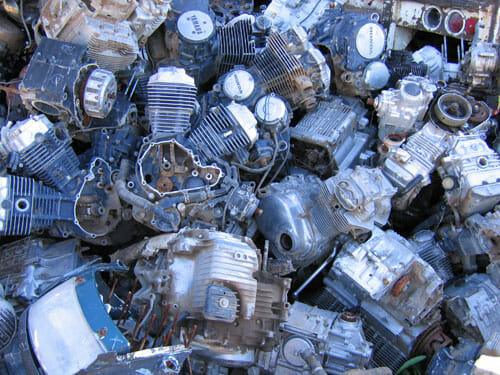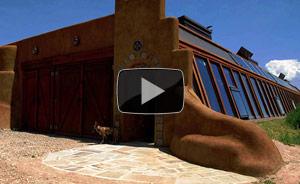 The ability to start a fire is the most basic survival skill one can have. It becomes especially important in cold-weather and long-term survival situations. Modern man has several tools at his disposal to aid in the fire starting process, but all are not created equal. Let’s discuss some of the most popular methods and their pros and cons.
The ability to start a fire is the most basic survival skill one can have. It becomes especially important in cold-weather and long-term survival situations. Modern man has several tools at his disposal to aid in the fire starting process, but all are not created equal. Let’s discuss some of the most popular methods and their pros and cons.
In To Start a Fire, Jack London exemplified the difficulties one faces when starting a fire in a seriously adverse survival situation. Since we always plan for the worst, our fire starting tools must be up to the task. All survival tools, including fire starters, should have the following characteristics.
– They should be capable of functioning in as many situations and conditions as possible. I refer to this as versatility.
– They should make minimum use of breakable mechanical parts. You need something reliable.
– They should be of a practical size for their given purpose. Portability is extremely important in a survival situation.
– They should be durable-something that can be used over and over again.
– Your tools should all have a long shelf life; they might have to endure harsh conditions in long-term storage.
Now let’s discuss the three most common types of modern fire making tools and see how each fares under the above criteria.
– Matches – Matches are the simplest modern fire starters. They are simple and contain no moving parts. They are small and extremely portable.They function well under most conditions, but not all. In wet and humid conditions, one must be extremely careful with matches, or you can quickly waste an entire box. As far as durability goes, you are limited by the number of matches you carry. Hope for one match per fire, but don’t plan on it. Also, matches leave something to be desired when it comes to long term storage. If not properly stored and cared for, matches can become damp and useless.

– Lighters – There are a variety of powerful butane survival lighters on the market. They function better than matches under most conditions. They are relatively small and portable. If properly cared for, they can be stored for long periods of time, and are basically impervious to water. Their durability is lacking since they are limited by the amount of fuel they contain.
– Flint and Steel (firesteel) – The modern method uses a piece of steel to ignite a shower of intense sparks (5000 degrees F) from a solid block of material, usually magnesium. Firesteel functions in all situations. If it becomes wet, it can easily be dried with material or in the open air. It uses no moving parts so it is reliable. It is small and can easily be carried in a pocket or pouch. One small block of the ignitable material will start somewhere around 5,000 fires. Plan on at least 10,000 matches and several butane lighters to do the same. Firesteel can be stored indefinitely and is immune to the effects of water and time.
Given the comparison of the three methods, it is clear that firesteel is the most reliable, durable, versatile, and portable. Though extremely simple to use, as with all your survival tools, you should practice using firesteel before your life is on the line. A great firesteel can be found at Firesteel.com. Short of that, a combination of lighters and matches should prepare you for almost any situation.










